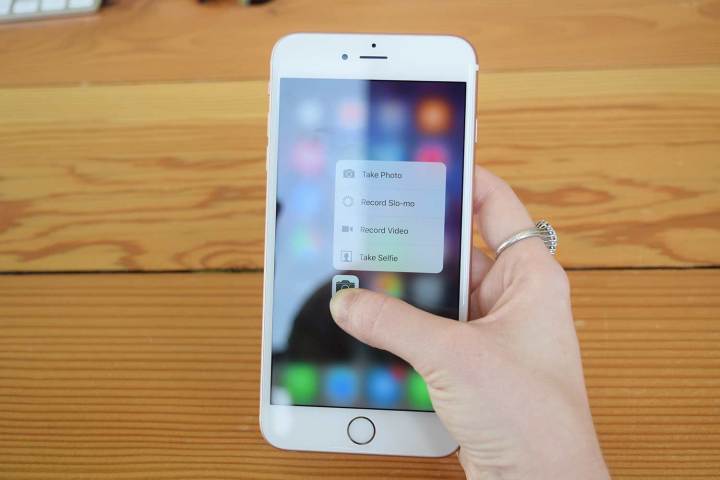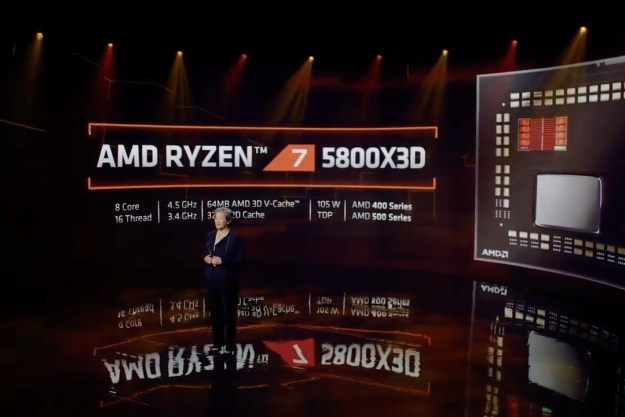
According to Immersion, the plaintiff in the lawsuit, Apple’s iPhone 6 and 6S smartphones, as well as every Apple Watch model, infringe on Immersion’s “shared feedback” patent. Even though this patent doesn’t talk about how a device would recognize the intensity of a touch, it does cover how software could offer previews and actions through light and hard presses, respectively.
In addition, Immersion accuses Apple of infringing on its patent covering how a handheld device with a touch screen could offer “tactile sensations.” Finally, Immersion alleges that Apple’s devices infringe on a patent that details a specific kind of feedback in response to a user performing a specified action.
According to Immersion CEO Victor Viegas, the company wants to protect its 2,000 issued and pending patents, and the lawsuit is an attempt to do just that.
“While we are pleased to see others in the industry recognize the value of haptics and adopt it in their products,” a statement by Immersion reads, “it is important for us to protect our business against infringement of our intellectual property in order to preserve the ecosystem we have built and the investments that we have made in continuing to advance haptic experiences.”
Interestingly, Immersion isn’t just seeking damages from Apple — the company also wants a sales injunction covering Apple’s allegedly offending devices through a complaint the firm has filed with the International Trade Commission (ITC).
Based in San Jose, California, Immersion has been in operation since 1993 and claims that its haptic technology has been incorporated in over 3 billion devices, from medical devices to video game systems and electronics, around the world. AT&T and AT&T Mobility were also listed in the lawsuit. Neither Apple nor AT&T could not be immediately reached for comment.
Editors' Recommendations
- Nvidia turns simple text prompts into game-ready 3D models
- AMD is bringing 3D V-Cache back to Ryzen 7000 — but there’s a twist
- New 3D smartphone technology could change photography, experts say
- AMD’s revolutionary 3D V-Cache chip could launch very soon
- AMD teases performance of its revolutionary 3D V-cache chip


